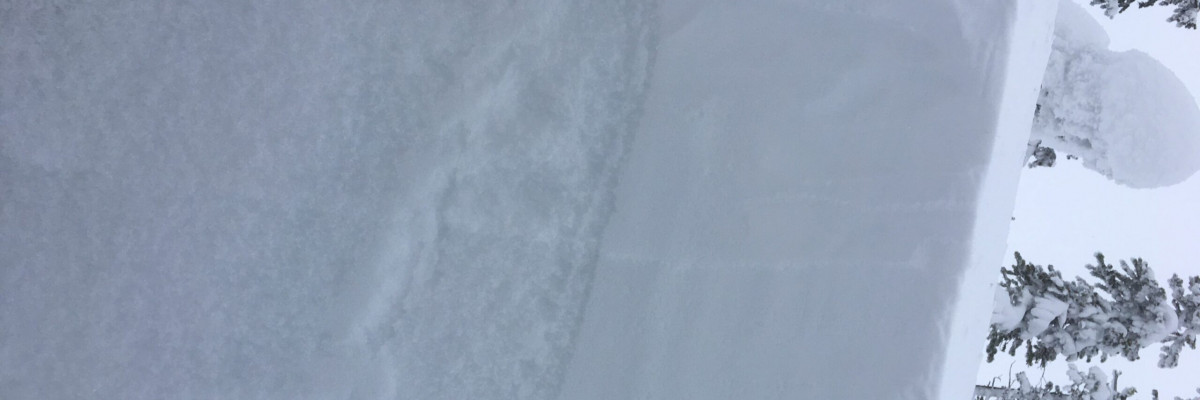An avalanche warning is in effect for the west central Montana backcountry. The current avalanche danger is HIGH. Very dangerous avalanche conditions are present. Travel in avalanche terrain is not recommended today. Human triggered avalanches are very likely, and natural avalanches are likely. Avoid runout zones.
Good morning, this is Travis Craft with an avalanche warning for February 09, 2017. This avalanche warning will expire at 0600 am on February 10, 2017. The warning will be extended or terminated at that time.
This danger rating does not apply to operating ski areas and is the sole responsibility of the U.S. Forest Service.
Weather and Snowpack
Mountain temperatures range from 27 F to 37 F in the region. Winds are calm in the Bitterroot. Point Six, in the northern part of the advisory area, winds are calm. The region has picked up 5 to 7 new inches of snow in the last 24 hours. The new snow had SWE’s ranging from .8 to 1.8 inches of water. Temperatures are warming increasing the height of rain snow mix. Rain on snow is a recipe for avalanches. This new rapid load of weight has increased the avalanche danger.
Logan and I went Lolo Pass yesterday. Tim and Greg went to the Rattlesnake. We got propagation in our snow pit tests. We all found a significant amount of new snow on buried weak layers. The addition of the overnight snow and rain to our snowpack will increase the sensitivity of the weak layers. Avoid traveling in all avalanche terrain today. Avoid runout zones.
The primary avalanche problem today is persistent slabs. There is a layer of near surface facets and surface hoar 65cm from the surface below a melt freeze crust that is propagating in Lolo(video). There is a layer of surface hoar in the Rattlesnake that is propagating(video). These layers will become more sensitive to triggers by the addition of the new load of snow and rain to 6500 feet.
The second avalanche problem is storm slabs. There is a significant amount of new heavy snow. Rain has fallen to 6500 feet. The snowpack needs time to adjust to the new load of snow and rain. Avoid all avalanche terrain today.
Wind slabs are the last avalanche concern today. Wind slabs will be sensitive today to triggers with the additional loading of snow. Avoid runout zones.
Avalanche and Weather Outlook
Snow levels are climbing. The snow line is predicted to be 6500 feet today. The forecast is for significant amounts of precipitation; this will increase the avalanche danger.
If you are out in the backcountry, please send us your observations, these are very helpful in producing the advisory. Logan will issue the next advisory on February 11, 2017.
Ski and ride safe.
























